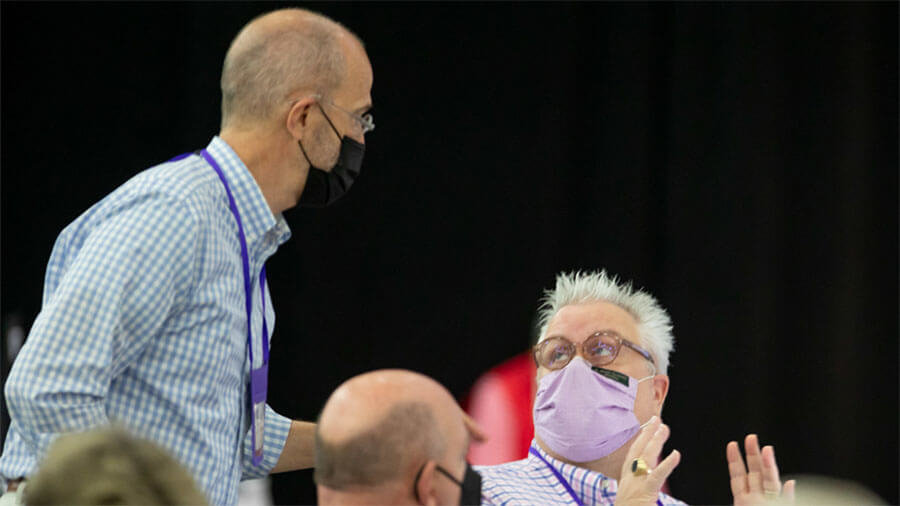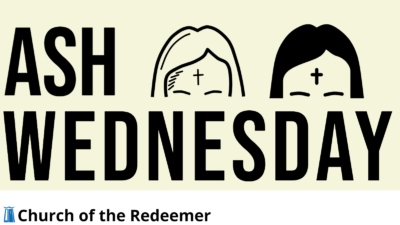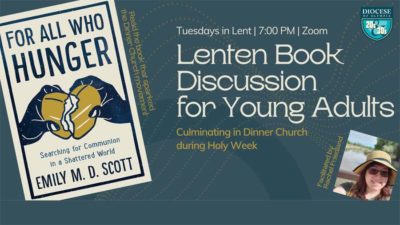[Episcopal News Service – Baltimore, Maryland] The House of Bishops moved forward with a plan to expand and clarify what exactly the Book of Common Prayer is, ending hours of discussion with an unanimously adopted resolution on July 9. The House of Deputies concurred the following evening with a minor amendment, sending it back to the bishops for a final vote.
A larger issue that we’re trying to deal with … is we have all kinds of authorizations and all kinds of trial usages, and it’s kind of a mess.
Bishop Jeffrey Lee
The resolution – an amended version of A059, which had garnered increasing attention in the weeks leading up to General Convention – would amend Article X of the Constitution of The Episcopal Church, which lays out how the Book of Common Prayer can be revised but has never specifically provided for authorized liturgies that are not proposed revisions to the existing book.
Purpose of A059
A059, concurred on by the House of Deputies, for the first time, defines the Book of Common Prayer as “those liturgical forms and other texts authorized by the General Convention.” In other words, liturgies that are not in the current prayer book – such as same-sex marriage rites and gender-expansive liturgies – could be elevated to “prayer book status,” whether they are replacing parts of the prayer book or standing on their own.
“What A059 is about, really, is acknowledging that common prayer is evolving,” said the Rt. Rev. Jeffrey Lee, bishop provisional of Milwaukee, chair of the House of Bishops’ Committee on Prayer Book, Liturgy & Music and one of the architects of A059. “And it creates a framework for that evolution to happen, including the inclusion of a number of different rites in a curated collection.”
The discussions in the House of Bishops on July 8 and 9 – as well as in legislative committee meetings leading up to convention – mostly focused on parsing out the mechanics of what A059 would and would not do. In its current form, A059 would not change the status of the 1979 prayer book or of the various liturgies authorized by General Convention that are not in it. It would, however, set the canonical framework for future evaluation and reorganization of those liturgies.
The debate, though, went beyond that to touch on more philosophical questions like the meaning of the word “book” in the 21st century, and the concept of “common prayer” itself. Discussion on July 8 veered into the theological and political origins of the Book of Common Prayer, from Thomas Cranmer and Queen Elizabeth I through the formation of The Episcopal Church after the American Revolution.
“The cat is already out of the bag,” Lee said. “The idea of the prayer book [evolving from] a book bound and physically present in a pew to a curated collection of texts that lives online – that’s already the case, perhaps with different understandings of authorization. But we decided to do that when we first decided that you could cut and paste a PDF.”
Factors in the development of A059
Primary factors in the development of A059 included a desire for official liturgies with an expansive understanding of gender and sexuality, preparation for future prayer book revision and concern about the proliferation of other liturgies in various states of authorization. Over a dozen liturgical texts have been “authorized” – for trial use, experimental use, or simply “made available” – by General Convention over the years. However, Article X currently only addresses convention’s ability to revise all or some of the existing Book of Common Prayer. It says nothing about authorization of other liturgies not directly related to the existing prayer book, a category that encompasses many of these other texts, like “Enriching Our Worship.”
“A larger issue that we’re trying to deal with … is we have all kinds of authorizations and all kinds of trial usages, and it’s kind of a mess,” Lee said.
All authorized Episcopal liturgies have been compiled together at episcopalcommonprayer.org, which was created by the Task Force on Liturgical and Prayer Book Revision. Resolution A058, which was passed by both houses, designates the site as “the official liturgical website of The Episcopal Church.”
The original version of A059, Lee said, was “an attempt to clarify what authorization has the weight of the Book of Common Prayer and what other rites might not have that. … What’s being proposed in A059 is not the creation of a wiki-prayer book.”
The effort originated at the 2018 General Convention, where A068 created the liturgical revision task force, with the intention that it would not necessarily lead to an entirely new edition of the prayer book but propose revised liturgies with inclusive and expansive language. Existing liturgies, some deputies and bishops had argued, use gendered language that is exclusive and unnecessary.
At this convention, A059 – which was proposed by the Task Force on Liturgical & Prayer Book Revision – was introduced by Lee’s prayer book committee in a version that proposed a process by which new liturgies could achieve prayer book status. That version was ultimately replaced with a substitute developed by a group of bishops including Lee, Texas Bishop Andrew Doyle and Ohio Bishop Mark Hollingsworth.
The substitute left the specific process of authorizing new texts open to future canonical definition, focusing just on the constitutional change that would enable such work. It leaves in place the requirement that any prayer book changes must be approved by two successive General Conventions, and specifies that any changes must be authorized for trial use first.
In response to concerns that the resolution might be interpreted as demoting or restricting the 1979 prayer book, the substitute includes additional clarifying language.
“The Book of Common Prayer in this Church is intended to be communal and devotional prayer enriched by our church’s cultural, geographical, and linguistic contexts. The Book of Common Prayer shall contain both public worship and private devotion,” it reads.
“The Book of Common Prayer, as now established or hereafter amended by the General Convention, shall be in use in all the Dioceses of this Church.”
Constitutional change, not canonical
Since A059 is a constitutional and not a canonical change, it would not alter the status of any existing authorized liturgies. The amended version passed by the house would create a working group to propose canonical changes that would clarify or alter the status of the rites that have been authorized for trial or experimental use over the last few decades. That working group would present those recommendations to the 81st General Convention. Resolution A059, if it passes the House of Deputies, would not take effect until then because it needs two successive readings.
Lee, Doyle and Hollingsworth had encouraged the house not to delay acting on A059 or referring it back to another body because of the timing requirements for constitutional and canonical requirements, which Bishop Sean Rowe, the House of Bishops’ parliamentarian, explained.
“Let’s say we do pass it in 2022 and in 2024, [new] canons are ready to go,” he said, describing the ideal scenario. “If we [don’t pass] it here, we can’t do anything with it until 2027. So, it’s the difference between doing something in two years or waiting six years.”
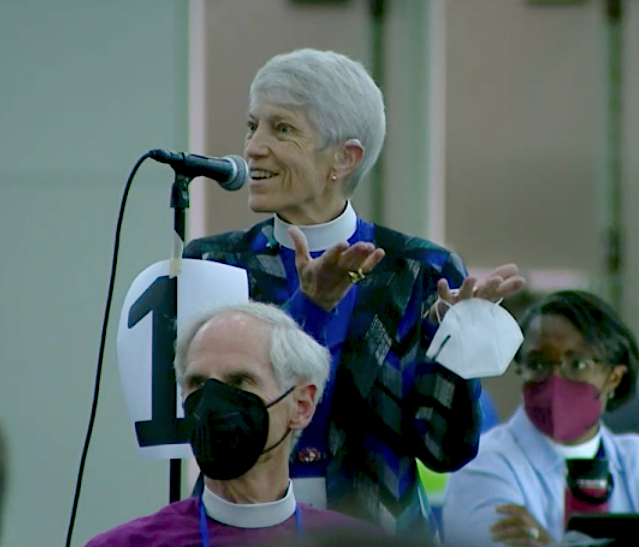
Consensus and approval
As discussion moved into the evening on July 9, consensus around the amended resolution emerged and bishops rose to thank the team of 12 bishops who crafted it.
“I think this resolution is brilliant,” said New York Assistant Bishop Mary Glasspool. “I’m amazed – we’re in this four-day General Convention and somehow squeezing into that intensity has driven us deep. This is the best conversation that I’ve been a part of in the 11 years that I’ve been bishop and coming to these meetings.”
The resolution passed on a voice vote that was unanimous, Presiding Bishop Michael Curry confirmed for the record.
On the evening of July 10, the House of Deputies considered a lightly amended version of A059, which specified that the working group would have nine members and a budget of $30,000, in addition to making a procedural wording fix. After 20 minutes of discussion — with testimony split between supporting and opposing — the amended A059 was concurred, sending it back to the House of Bishops, which passed the final version on July 11.
—Egan Millard is an assistant editor and reporter for Episcopal News Service. He can be reached at emillard@episcopalchurch.org.
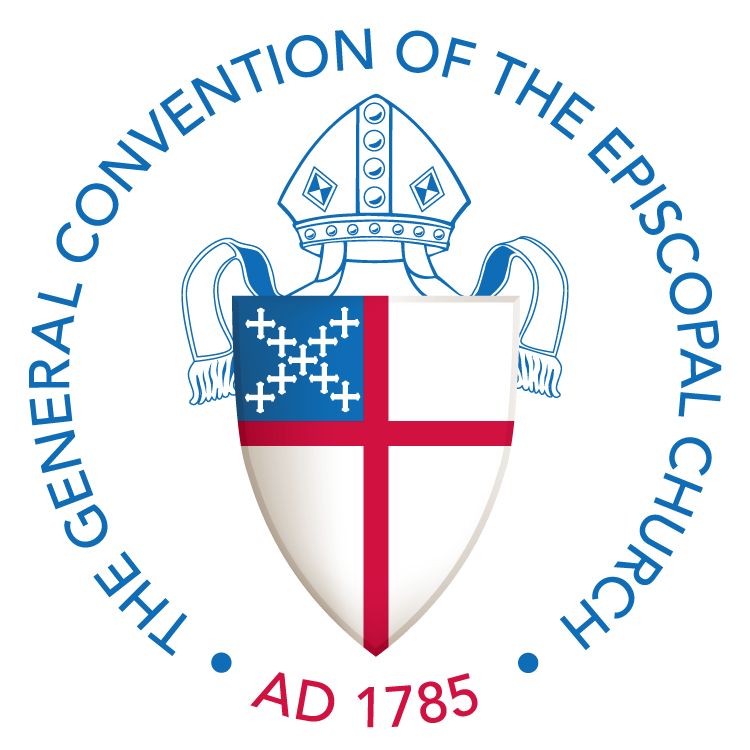
What happens at General Convention?
The legislative process of General Convention is an expression of The Episcopal Church’s belief that, under God, the Church is ordered and governed by its people: laity, deacons, priests, and bishops.
The General Convention is the Church’s highest temporal authority. As such, it has the following power:
- Amend the Constitution and Canons of the Episcopal Church
- Amend the Book of Common Prayer and to authorize other liturgical texts
- Adopt the budget for the Church
- Create covenants and official relationships with other branches of the Church
- Determine requirements for its clergy and other leaders
- Elect its officers, members of the Executive Council, and certain other groups
- Delegate responsibilities to the Interim Bodies of The Episcopal Church
- Carry out various other responsibilities and authority
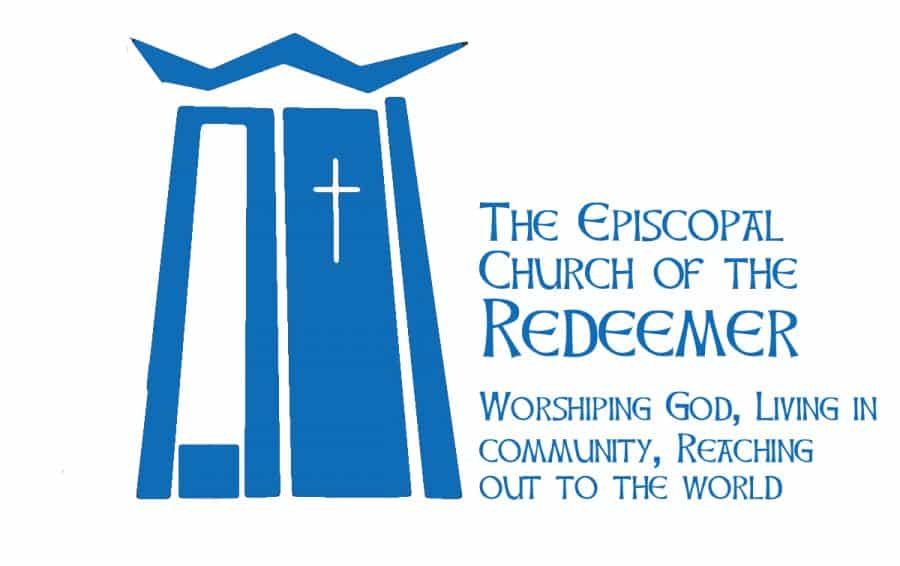
Church of the Redeemer
Church of the Redeemer: Worshiping God, living in community, and reaching out to the world around us. We are an Episcopal Church serving north King County and south Snohomish County. We welcome you be with us as we walk the way of Jesus.
Church of the Redeemer is at 6210 Northeast 181st Street in Kenmore, Washington. We are a short distance north of Bothell Way, near the Burke-Gilman Trail. The entrance looks like a gravel driveway. The campus is larger on the inside than it is on the outside. And we managed to hide a large building on the side of a hill that is not easily seen from the street.
The Episcopal Church welcomes you.

